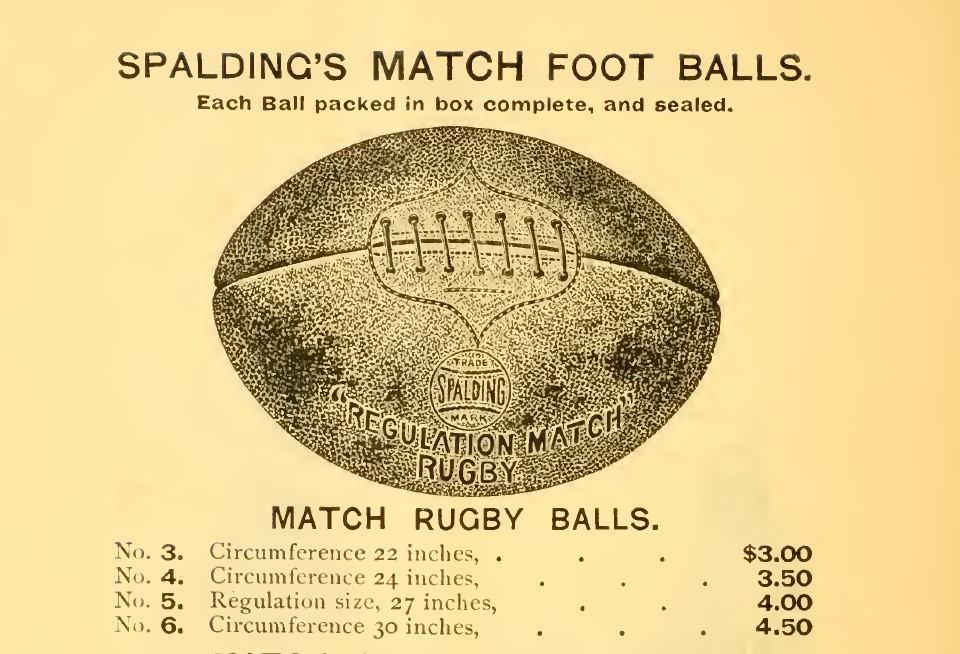Today's Tidbit... John Heisman and the Prolate Spheroid
We all have our favorite football stories, and here's one of mine. It does not involve a great play or a great player, but a great point about football's rules, specifically the rule that defined the nature of the ball itself.

Americans used the popular Lilywhite rugby ball imported from England when football began. Then, a presentation at the 1892 rules meeting convinced the powers to adopt the American-made Spalding Model J as the official ball.

Four years later, the gents at the 1896 IFA meeting established Rule 1c, which stated:
The football used shall be of heavy leather, enclosing an inflated bladder. The ball shall have the shape of a prolate spheroid.
The rule did not provide detailed specifications for the ball, allowing for variation in the ball’s size and weight. The remedy came in 1912 with a rule specifying a ball 28 1/2 inches around the length and 22 1/2 to 23 inches at the midsection. Notably, these specifications made the football slimmer than the rugby ball. It became more aerodynamic and easily grasped by players without large hands, so it was better adapted for the forward pass.

Reflecting on the rule change, John Heisman noted:
…so far as the rule was concerned, a team could have brought out a football as big as a barrel had they chosen to do so, and one that weighed a ton, or an ounce, and the other team would have been unable to pull a rule book to back up [their protest], so long as the blooming thing had the right shape.
Heisman, J. W. 'Minor Colleges are Gaining Football Strength Rapidly,' Tampa Tribune, October 20, 1912.
Later rule changes made the ball thinner while continuing to ensure it was not as big as a barrel.
Football Archaeology is reader-supported. Click here to buy one of my books or otherwise support the site.

